34+ Sample Software License Agreement
-
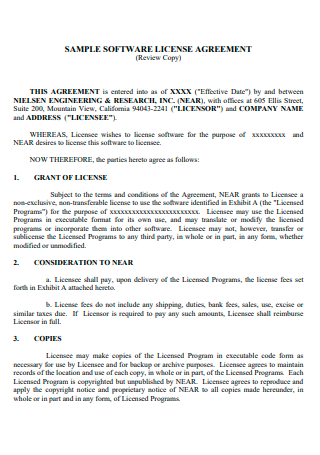
Sample Software License Agreement
download now -
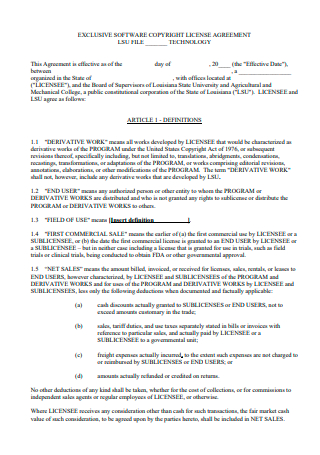
Exclusive Software License Agreement
download now -
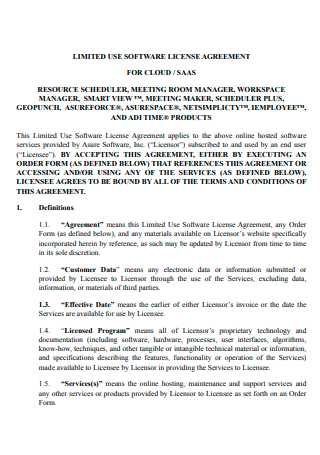
Limited Use Software License Agreement
download now -
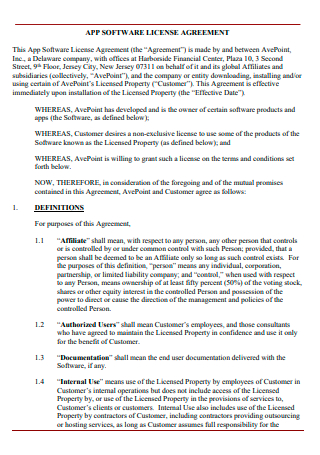
App Software License Agreement
download now -
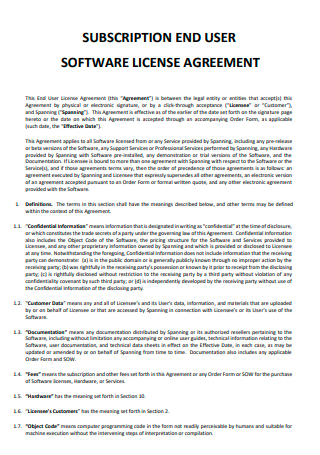
Subscription End User Software License Agreement
download now -
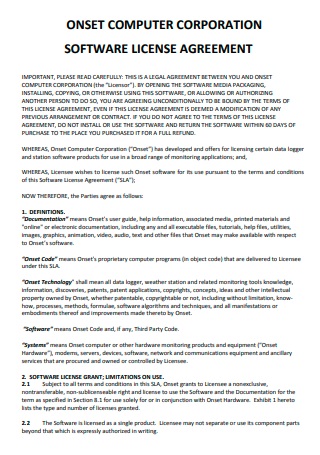
Computer Corporation Software License Agreement
download now -

End-User Software License Agreement
download now -
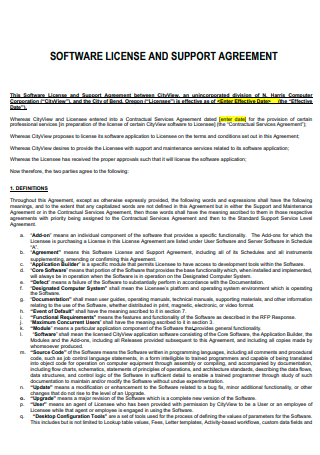
Software License and Support Agreement
download now -
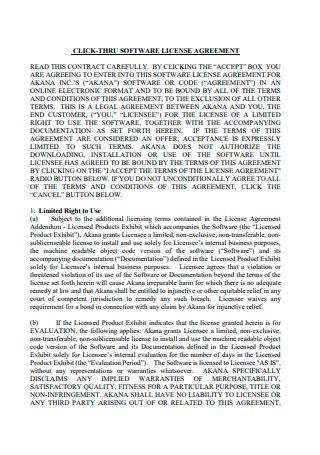
Printable Software License Agreement
download now -
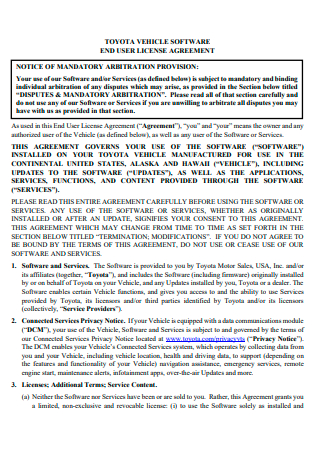
Vehicle Software End User License Agreement
download now -
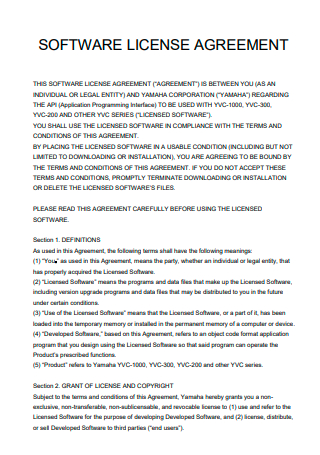
Software License Agreement Example
download now -
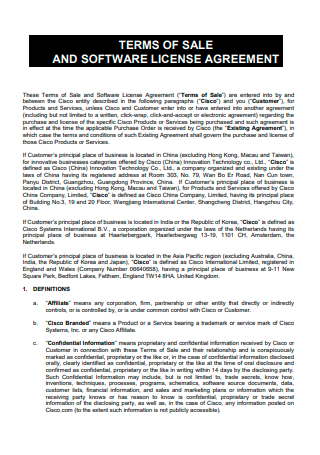
Sale and Software License Agreement
download now -
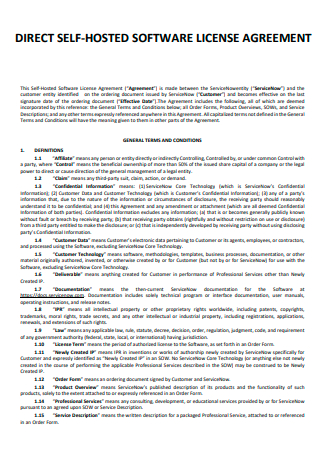
Direct Self-Hosted Software License Agreement
download now -
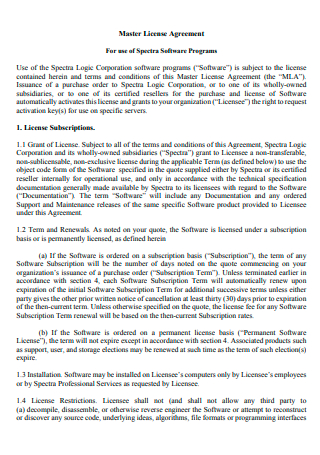
Software Program Master License Agreement
download now -
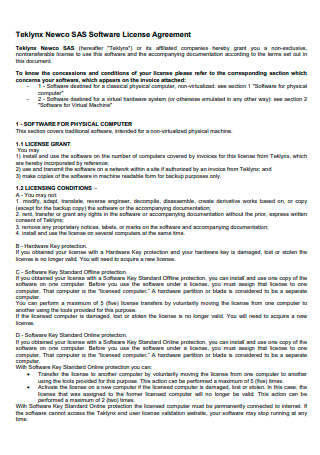
SAS Software License Agreement
download now -
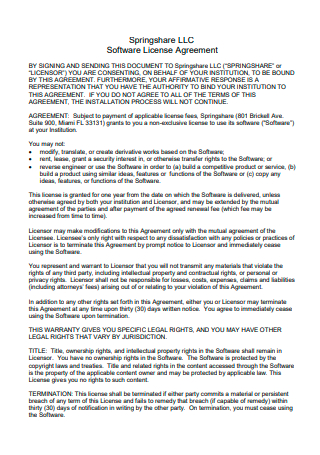
LLC Software License Agreement
download now -
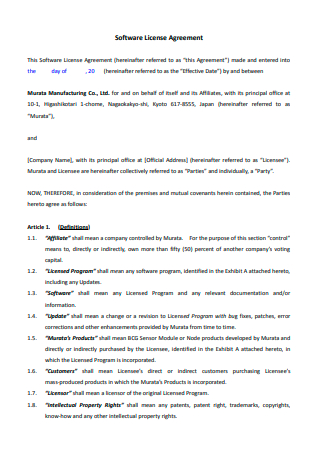
Simple Software License Agreement
download now -
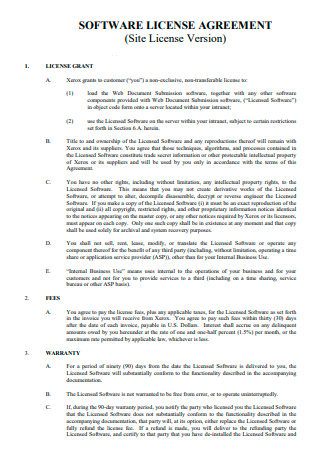
Software Site License Agreement
download now -
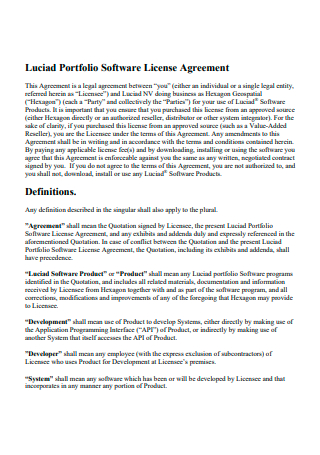
Portfolio Software License Agreement
download now -

International Software License Agreement
download now -
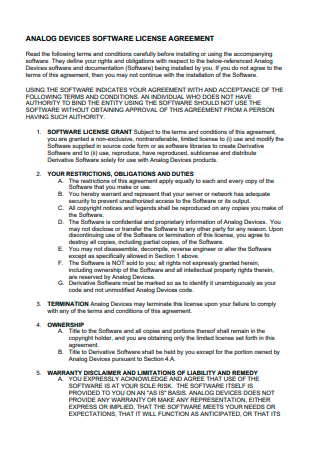
Device Software License Agreement
download now -
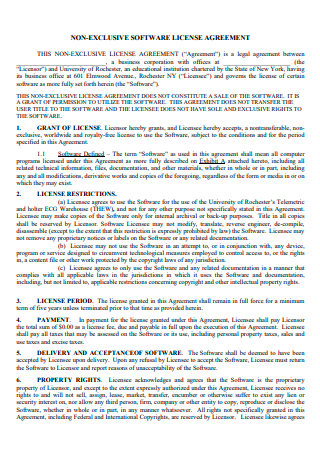
Non-Exclusive Software License Agreement
download now -
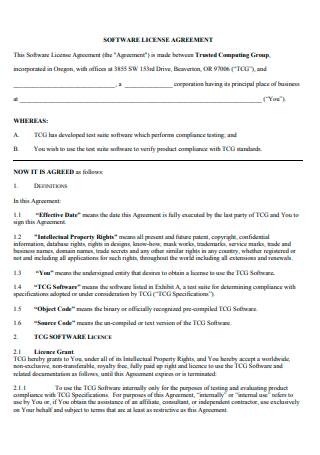
Formal Software License Agreement
download now -
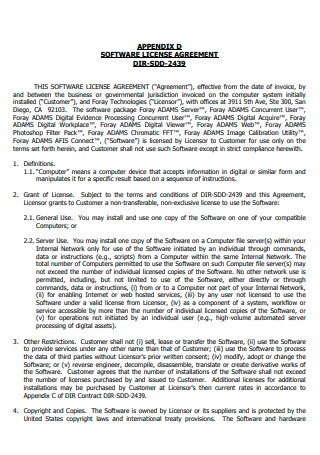
Standard Software License Agreement
download now -

Time Value Software License Agreement
download now -
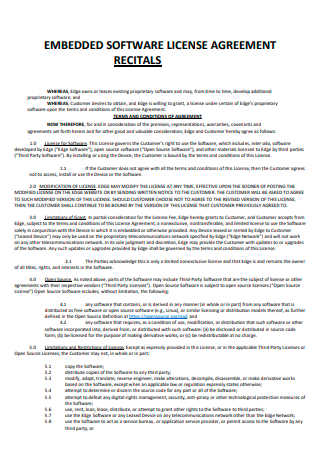
Embedded Software License Agreement
download now -
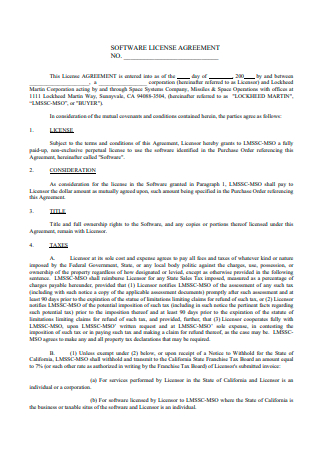
Software License Agreement Format
download now -
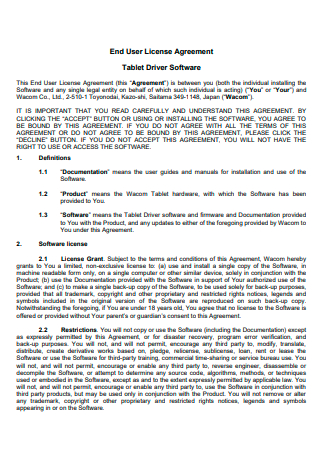
Driver Software End User License Agreement
download now -
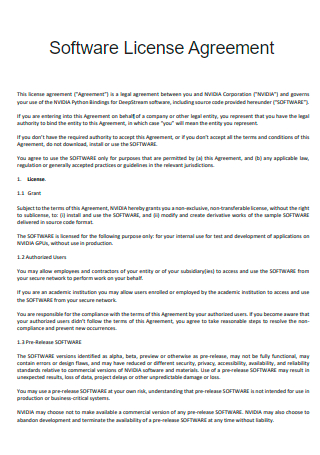
Software License Agreement Template
download now -
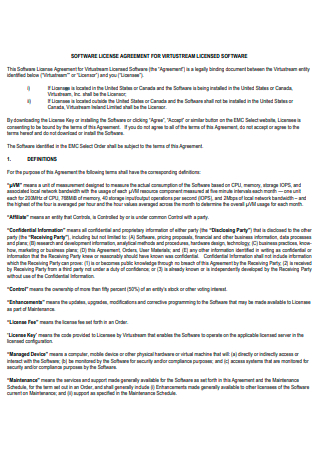
Draft Software License Agreement
download now -
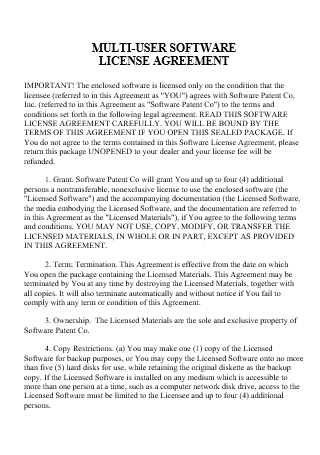
Multi-User Software License Agreement
download now -
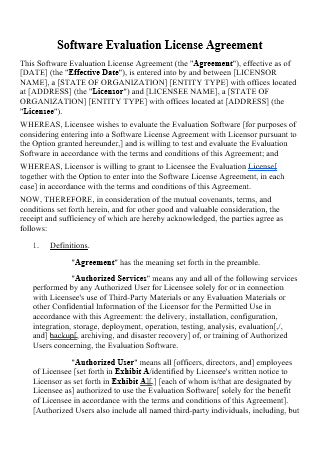
Software Evaluation License Agreement
download now -
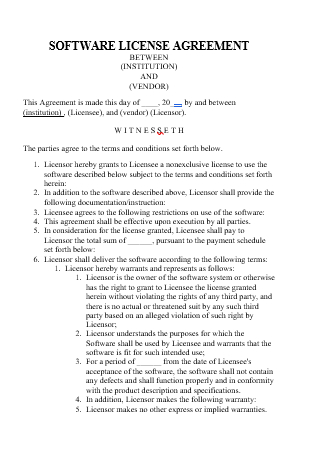
Software License Agreement in DOC
download now -
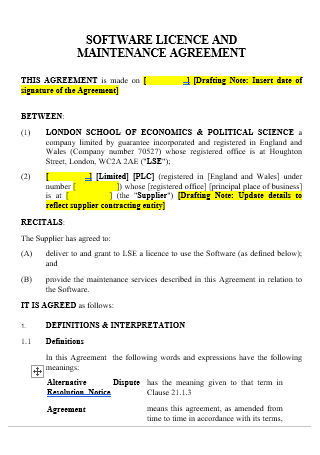
Software License and Maintenance Agreement
download now -
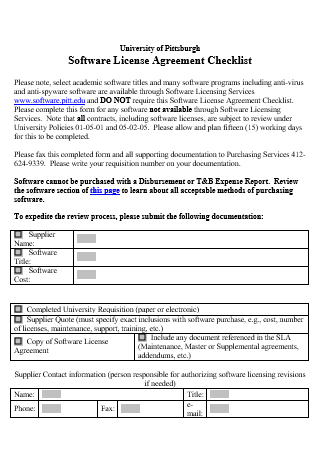
Software License Agreement Checklist
download now
FREE Software License Agreement s to Download
34+ Sample Software License Agreement
What Is a Software License Agreement?
Types of Software Licenses
Components of a Software License Agreement
How To Develop a Software License Agreement
FAQs
What should you look for in a software license agreement?
Why is it necessary to have a software license agreement?
What are the three main types of software?
What Is a Software License Agreement?
A software license agreement is a legally binding agreement between a company and its consumers for using its software products. The document allows the customers to utilize the software with comprehensive information on how they can use it. The software license agreement also contains the details of installation procedures that customers must follow, including how and how often the installation is applicable. The software license agreement must also answer the inquiries of consumers about duplication, modification, and redistribution. The software price and licensing fees are also available in the agreement. Companies that develop software products for public consumption must produce a software license agreement that helps prevent and protect the organization from infringement of copyright regulations. The document contains the responsibilities of each party. Before a consumer can access or install software, it must have a legal and working license. Without it, users are breaching copyright laws.
According to a published article in Investopedia published in August 2020 entitled 10 Biggest Software Companies, Microsoft remains as the number one software enterprise in the world, with total revenue of 143 billion US dollars. Oracle comes in second place with over 39.1 billion US dollars in revenue. The third software company consists of SAP, which is a German-owned company. The fourth and fifth place is composed by Salesforce.com and Adobe, respectively.
Types of Software Licenses
Two categories of software licenses are available in the market. Proprietary licenses or closed-source software licenses restrict users from modifying, changing, sharing, or reusing software codes. Many software licenses fall in this category since most software licenses limit user access while outlining terms of proper use. The other type of software is the FOSS license or the free open-source software license, a contradiction to a closed-source license. There are other types of software licenses below with their descriptions that are prevalent in different industries.
Components of a Software License Agreement
Software license agreements feature various sections that cover various information, including general ideas of executing the agreement to necessary clauses that offer protection to a company or a developer in the long run. Below are the fundamental elements within a software license agreement with their respective definitions.
How To Develop a Software License Agreement
The purpose of writing a software license agreement is to explain to a user the extent and limitations of using the purchased software. It also limits the developer from possible legal implications along the way. For a developer to properly develop a software license agreement, it is advisable to meet with a lawyer to help draft a suitable agreement for the business. Below are the steps to develop a software license agreement.
-
1. Set up the Software Licensing Agreement
Start with choosing a title and format for the agreement. Insert an agreement provision if the license is for the mass market. Instead of signing every single piece of document, you can set up the terms of the agreement when users install the software. The next step is to identify the involved parties as to the licensee and licensor. It is also necessary to include recitals to determine the reason behind signing the agreement.
-
2. Granting of the Software License
Grant the license to the licensee by stating that they have the right to use and access the software. Indicate whether or not the licensee can modify or redistribute the software. Identify what the user must give the developer in return that is visible on the agreement. The agreement must also contain specifications about copying or duplicating the software, stating possible reasons for making the copies. It must clarify that the software developer retains rights to the product and identify the length of the license with possible reasons for termination.
-
3. Don’t Forget to Limit the Liability of the Developer
When writing the software license agreement, decide whether or not to indicate a warrant provision. It must also identify possible remedies for the user when breaches to the warranty are evident. Indicate an indemnification clause to secure the developer from third-party liability, the licensee providing all costs to defend the developer. Together with the indemnification clause, include a limitation of liability provision. Lastly, indicate a dispute resolution clause.
-
4. Add Boilerplate Clauses to the Agreement
After writing all the necessary terms and conditions into the agreement, you can insert the boilerplate clauses. Add provisions on notices, and include a provision for the governing laws. Incorporate a severability clause and merger clause as necessary.
-
5. Finalize the Software License Agreement
For the final touches to the agreement, incorporate the signature line where the licensee and licensor can sign, along with the effectivity date. A developer can also consult with a lawyer before presenting the agreement to a licensee. Negotiate the document with the licensee and ensure that both parties are on the same page before proceeding. Finally, distribute copies of the agreement to the right individuals, and don’t forget to have a backup copy of the agreement.
FAQs
What should you look for in a software license agreement?
As a licensee of the licensing agreement, there are certain elements you must guarantee in the document. It includes the scope of the license, possible deliverables, source code, access or disclosure arrangements, open-sourcing statement, acceptance, warranties, breaches, and remedies.
Why is it necessary to have a software license agreement?
To a software developer, having a software license agreement in place prevents customers from abusing the product. It also allows the developer to license the software without selling its rights. It also provides disclaimer warranties, limits liability, and revokes licenses.
What are the three main types of software?
The three types of computer software include system software, application software, and programming languages.
Software developers take pride in the rigorous hours they put in creating software that functions to help individuals and organizations to make their daily lives and operations easier. From the effort and knowledge they put in developing beneficial programs and applications, there must be a way to protect all their hard work. Writing a software license agreement guarantees that software, including its intellectual property, remains theirs. Download the software license agreement samples available in the article above and start drafting the document with the help of an expert lawyer.
